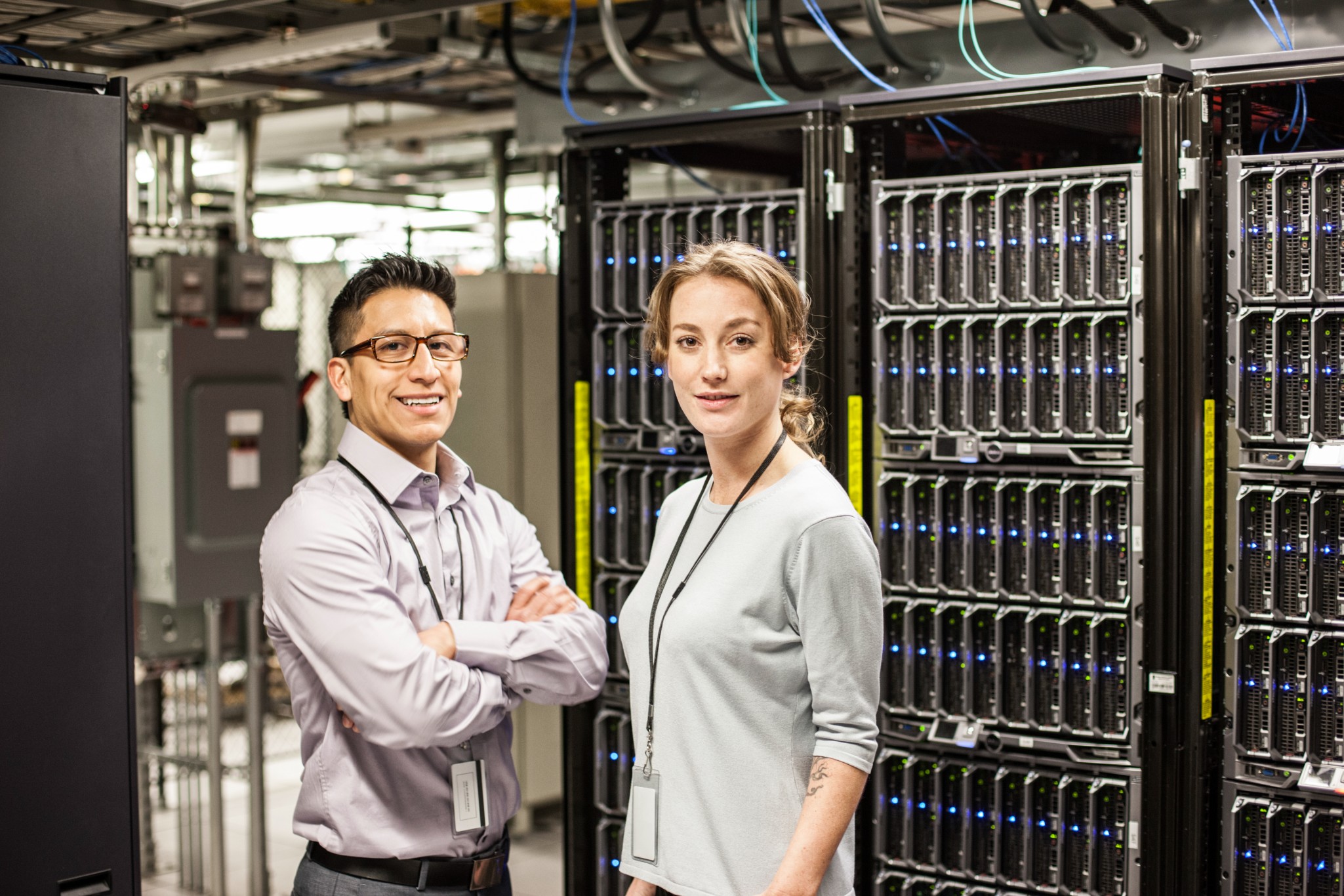The rapid growth of connected devices, real-time applications, and data-intensive workloads has stretched the limits of traditional data centers. Centralized data centers, once the backbone of the digital economy, are no longer sufficient to meet the demands of modern users and industries. Enter decentralized data centers and edge computing—a transformative approach that moves data processing closer to the source, enabling faster, more efficient, and resilient digital operations.
This blog explores the concept of decentralized data centers, their integration with edge computing, and their role in shaping the future of connectivity.
What Are Decentralized Data Centers?
Decentralized data centers distribute computational power and storage across multiple, smaller facilities, often located closer to end-users or data sources. Unlike traditional centralized models, where data is routed to a massive core facility, decentralized data centers leverage edge computing to process data locally before sending only essential information to a central repository.
Key Features of Decentralized Data Centers
-
Proximity to Data Sources: Reduced latency by bringing processing closer to where data is generated.
-
Scalability: Ability to expand operations by adding more edge nodes.
-
Resilience: Reduced risk of single points of failure.
-
Energy Efficiency: Localized processing reduces the energy costs of transferring data across long distances.
The Role of Edge Computing
Edge computing is the cornerstone of decentralized data centers. It involves processing data at or near the edge of the network, where it is generated, rather than relying on distant, centralized systems.
How Edge Computing Works
-
Data Collection: IoT devices, sensors, and user applications collect vast amounts of data.
-
Local Processing: Edge nodes process this data locally, filtering and analyzing it in real-time.
-
Data Transmission: Only critical insights or aggregated data are sent to centralized data centers or cloud systems.
Why Decentralized Data Centers Matter
-
Reduced Latency Applications like autonomous vehicles, real-time gaming, and telemedicine require near-instantaneous data processing. Decentralized data centers eliminate delays caused by transmitting data to distant servers.
-
Enhanced Data Security By processing sensitive information locally, decentralized data centers minimize the risks of cyberattacks during data transit.
-
Support for IoT The Internet of Things (IoT) has created a deluge of data that centralized systems cannot handle efficiently. Decentralized models provide the necessary scalability and speed.
-
Cost Efficiency Reducing the need for expensive, high-bandwidth data transfers significantly cuts operational costs.
-
Sustainability Localized data processing consumes less energy, contributing to greener IT operations.
Applications of Decentralized Data Centers
1. Smart Cities
Smart city infrastructures, such as traffic management systems and public safety networks, rely on edge computing to process data locally, enabling faster decision-making and optimized resource allocation.
2. Autonomous Vehicles
Self-driving cars generate and process terabytes of data per day. Decentralized data centers near roadways enable real-time data analysis, ensuring safety and efficiency.
3. Healthcare
In telemedicine, decentralized data centers ensure low-latency consultations and enable local storage of patient data for quick access.
4. Content Delivery Networks (CDNs)
Streaming platforms like Netflix and YouTube use decentralized data centers to cache and deliver content, reducing buffering and improving user experiences.
5. Manufacturing and Industry 4.0
Factories leverage decentralized data centers to process sensor data in real time, optimizing production lines and enabling predictive maintenance.
The Future of Decentralized Data Centers
1. Integration with AI
AI-driven edge nodes will enable predictive analytics, autonomous decision-making, and real-time optimizations, further enhancing the capabilities of decentralized data centers.
2. Modular Data Centers
Modular, portable data centers are becoming a popular option for edge computing. These units can be deployed in remote or underserved areas to bring high-performance computing closer to end-users.
3. 5G and Decentralization
The rollout of 5G networks is accelerating the adoption of decentralized data centers by providing the high-speed connectivity required for edge applications.
4. Blockchain and Decentralization
Blockchain technology is being integrated into decentralized data centers to enhance data integrity, security, and traceability.
5. Sustainable Design
Future decentralized data centers will incorporate liquid cooling systems, renewable energy sources, and AI-driven energy management to minimize their environmental footprint.
Challenges in Decentralizing Data Centers
1. Infrastructure Costs
Building multiple smaller facilities and deploying edge nodes can be cost-intensive compared to traditional centralized models.
2. Data Consistency
Maintaining consistent data across multiple decentralized nodes requires advanced synchronization mechanisms.
3. Cybersecurity
While decentralization reduces some risks, edge nodes can become vulnerable points of attack if not properly secured.
4. Scalability
Scaling decentralized systems requires careful planning to balance performance, cost, and resource allocation.
Why Decentralized Data Centers are the Future
As the world becomes increasingly reliant on real-time data, traditional centralized systems are showing their limitations. Decentralized data centers address these gaps by offering a scalable, resilient, and cost-effective solution.
Industries such as healthcare, retail, and automotive are already seeing the benefits of decentralization, and the rise of 5G and AI will only accelerate its adoption. By processing data closer to where it is generated, decentralized data centers are not just transforming IT infrastructure—they are redefining what’s possible in a connected world.
Conclusion: The Edge is the New Core
The shift towards decentralized data centers represents a fundamental change in how data is processed, stored, and utilized. With their ability to reduce latency, enhance security, and support next-generation applications, these systems are poised to become the backbone of the digital economy.
As organizations embrace this paradigm shift, the edge will no longer be a peripheral component of IT infrastructure—it will be the new core.

